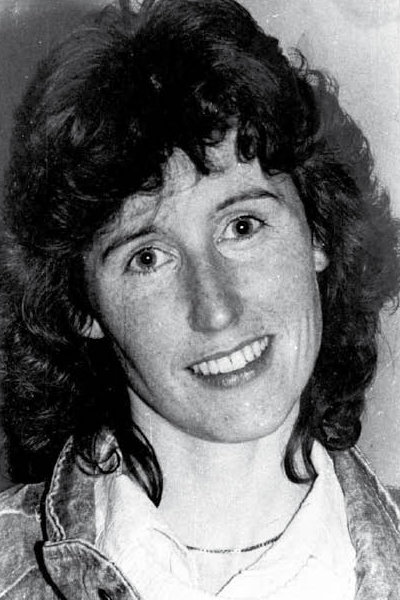Irish Issue
Although nominally independent, Ireland is something of a colony of England until the early 20th century. In the mainly Catholic country, the British Protestant nobility has the upper hand and also owns most of the land.
Due to a disastrous famine in the mid-nineteenth century, the Irish population lives in abject poverty. This causes the calls for Irish self-government to swell, leading to the ‘Easter Rising’ in 1916, followed by a guerrilla war against the English ‘occupiers’.
In 1921, a treaty is concluded under which Ireland becomes independent, while six northern provinces, with a relatively large number of Protestants, remain part of the United Kingdom. This sows the seeds for ‘The Troubles’, the conflict that breaks out there in the late 1960s between Catholic paramilitary groups and the English army. In particular, the IRA (Irish Republican Army) commits several bloody attacks. It was not until 1998 that peace returns to Northern Ireland with the signing of the Good Friday Agreement.
Casualties: around 1 million as a result of the 19th-century famine; around 1,700 (para)military and 1,800 civilians between 1968 and 1998.

